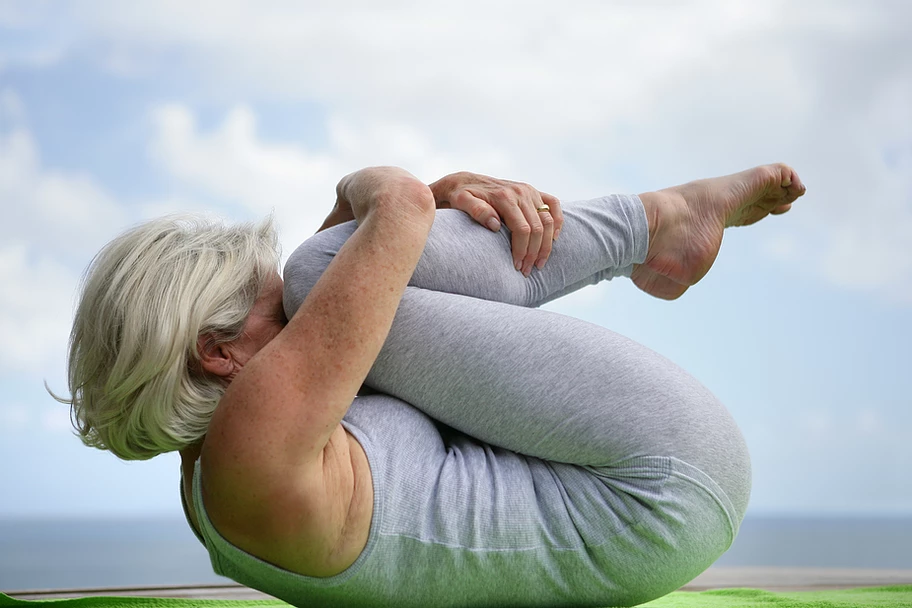
The term “C-Curve” gets thrown around a lot in the pilates world.
It’s used to describe the shape you are trying to achieve in all the rolling exercises we do in pilates, including the rollup.
If you struggle with the rollup, chances are the shape of your spine when rolling is more of a hump than a c-curve.
Our spines have natural curves and the lower back has a curve that goes in to the front of the body.
When we do any rolling exercise, the challenge is to engage the abdominal muscles deeply and effectively to take the lower back in to an opposing curve in to the back of the body.
Why do we need to do this “unnatural” curving of the spine?
To develop mobility and flexibility for functional movement and decompress the lower back.
Many daily activities require you to bend forward and curve your spine. Picking anything up off the floor, getting out of bed, gardening and the list goes on.
Pilates rolling develops your capability to do these activities without compromising the integrity of your lower back.
There are two challenges that prevent many people from achieving that beautiful c-curve in rolling exercises.
1. Stiffness in the lower spine. If you haven’t moved your lower spine in this way ever, well it’s going to take time to create the mobility you need to get that c-curve. Don’t get frustrated with this, just keep on practicing and over time, the mobility will happen.
2. Effective abdominal activation. To get the lower back to c-curve, the abdominal muscles need to contract deeply and with the breath. If you hold your breath or brace the abs, the rolling won’t work. If you have excess body fat on the belly, this stops you from being able to contract the abdominals deeply and contributes to stiffness in the lower back. That’s why it’s important for your spine health and core strength to keep your body lean.
So what about the dreaded “hump”?
The upper back’s natural curve is to the back of the body. If you don’t have the ability to c-curve your lower back, you will tend to over curve the upper back in rolling exercises.
When you do this, you’ll get that “clunk” when rolling and it won’t contribute to creating functional movement of the spine and emphasises the “humping” of the upper back rather than the curving of the lower back.
The pilates rolling exercise are all about the journey and not the destination.
They take time to master and people get hung up on doing a perfect rolling exercise rather than understanding that these exercises are a daily practice for spine health and some days your spine won’t be as healthy as it is on other days.
Daily practice and incorporating pilates in to your daily life will be one of the most valuable habits you could create on many different levels of health and wellbeing.